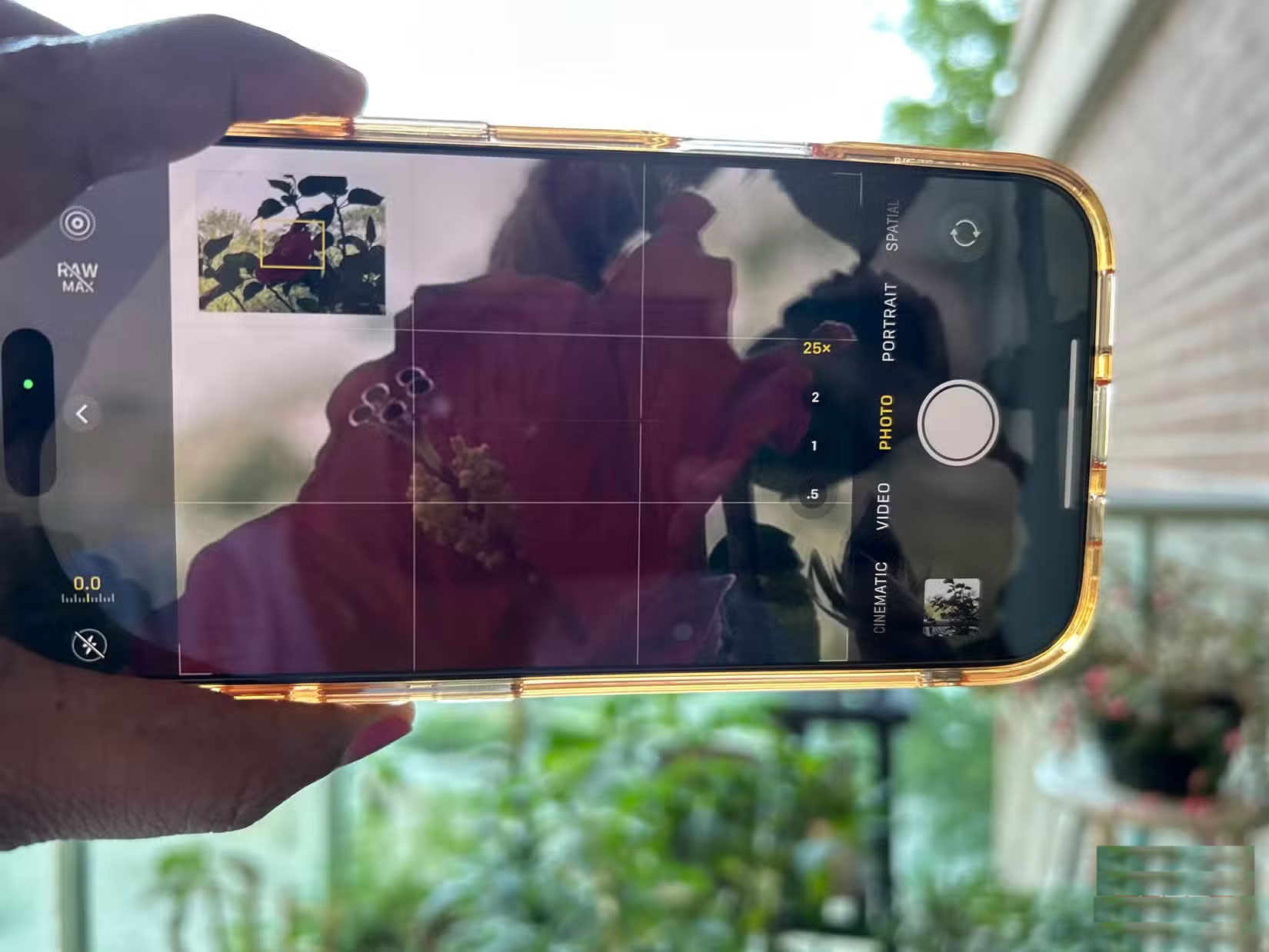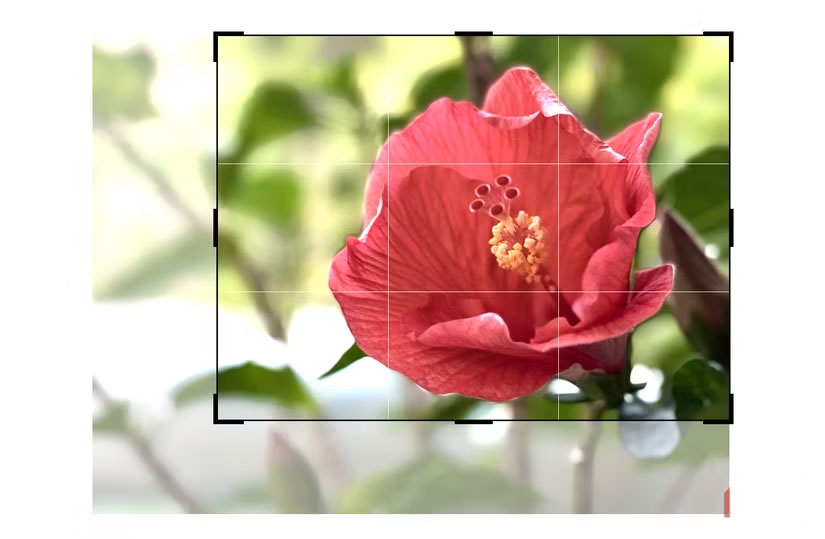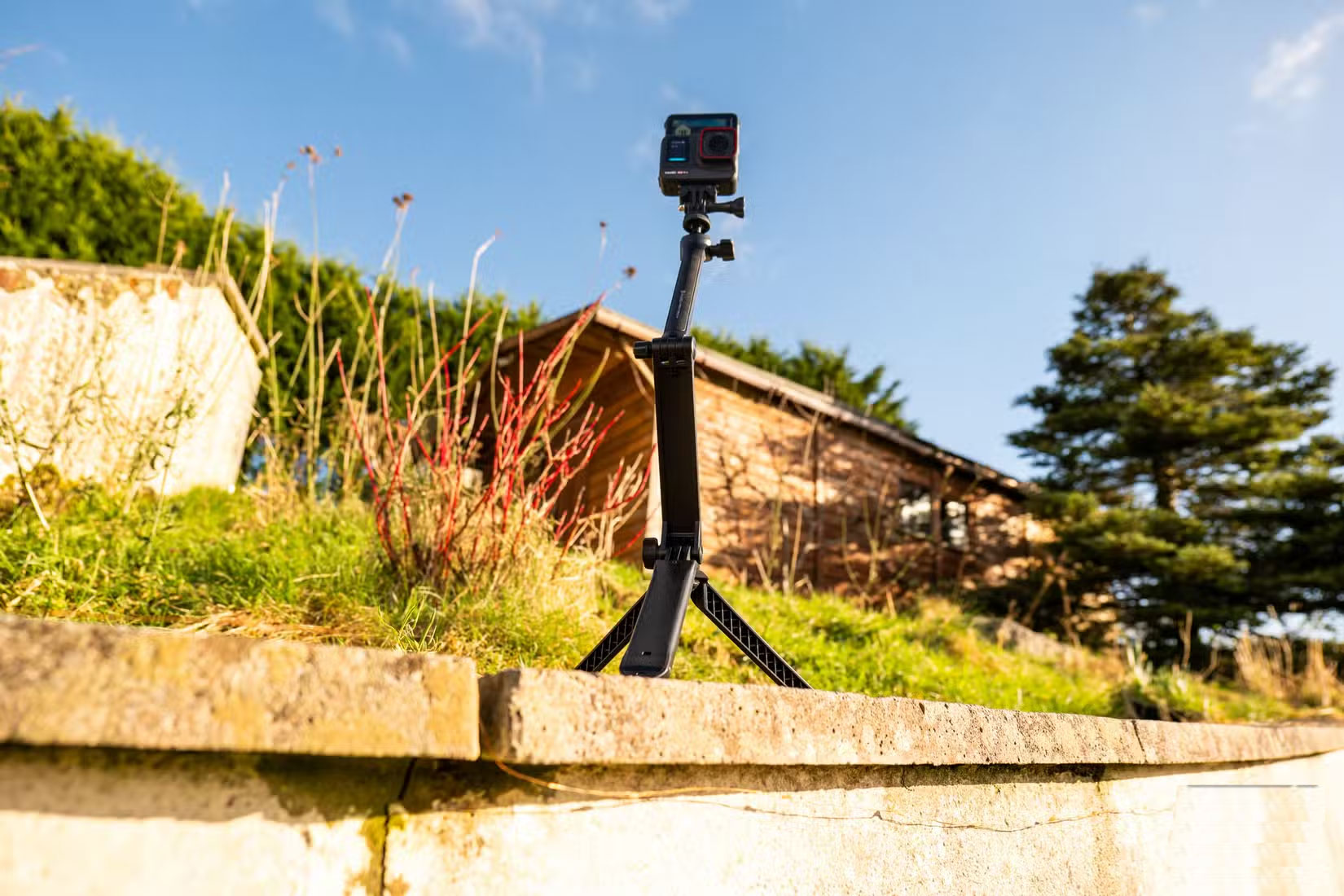This Zoom Mistake Is Ruining Your Photos
Modern smartphone cameras are powerful tools, but to get clear, high-quality results, you should know how to use them properly.
Optical zoom and digital zoom
To zoom properly, you should first understand the types of zoom on your smartphone camera. There are two types of zoom: Optical and digital.
As the name suggests, optical zoom is when different elements inside the lens move to magnify the scene and project it onto the image sensor. This is similar to what happens with a long telephoto lens on a camera.
Because the movement of the lens elements controls the zoom, optical zoom does not degrade quality. The camera's sensor records information at full resolution. So even when you view the file at 100% resolution, the image will still be perfectly sharp.
Most of the latest smartphone cameras can offer up to 3x or 5x optical zoom, which equates to a focal length of 77mm or 120mm. Some phones like the Huawei P40 Pro Plus and Samsung Galaxy S24 Ultra are capable of 10x optical zoom thanks to a special periscope lens and pixel binning technology .


Smartphone cameras can offer zoom capabilities of up to 25x, but anything above 5x is usually just digital zoom. With digital zoom, the smartphone takes a photo at its maximum optical zoom, crops it, and resizes it to match the original resolution. During this zoom, the software in the smartphone camera adds pixels based on nearby color values to fill in the missing pixels.
Wildlife photographers will find this a significant limitation of smartphone photography. They want sharp images of their animals and birds. If you want to retain the highest image quality, digital zoom is not the best option.
But how to zoom properly?
Chances are, you're zooming wrong. If you're always using your fingers to zoom, you're probably going beyond the optical zoom range and into the digital zoom range. For example, the iPhone 15 Pro can zoom up to 5x optically, but if you zoom using the pinch-zoom technique, you'll accidentally go beyond that range.
So how do you make sure you're always getting optical zoom on your phone? First, let's look at your iPhone's camera. Depending on your model, you might see the following optical zoom levels: 0.5x, 1x, 2x, and 5x. You'll see this right above the shutter button.
For example, the optical zoom on the iPhone 13 is only 1x, and you can zoom digitally up to 5x. Any time you zoom beyond 1x, you're zooming digitally and losing quality. If you have one of the Pro models, the phone has a third telephoto lens, which lets you zoom optically further. Non-Pro models only have wide-angle and ultra-wide-angle lenses.
For example, on the iPhone 16 Pro , you can increase the focal length to 5x or 120mm. You can increase it to 25x, but the digital zoom gives poor image quality. Furthermore, it is difficult to hold the phone steady at such high magnifications, resulting in blurry photos.

To ensure you are only using optical zoom, click on one of the optical zoom values. Avoid scrolling to the middle value, as this will not give you the perfect quality you want.
Always shoot at maximum resolution
If you want a close-up of a scene that is beyond your phone's optical zoom capabilities, shoot at the maximum optical zoom possible and then crop the image closer while editing. This is better than digital zoom because you're only removing pixels by cropping, not zooming in.
While cropping does reduce image quality, it is less significant than enlarging an image by filling in new pixels. One way to avoid this loss of quality is to shoot in RAW format. When editing RAW files, you have more flexibility with cropping because they contain more data.

Again, this feature is only available on the Pro iPhone models. You can enable Apple's ProRAW format, which includes more data from the camera and isn't as compressed as JPEG .
Use better framing techniques
Zooming and shooting close-ups is not only great for distant subjects like animals, but it is also useful for portraits. Telephoto lenses can compress the background, making it appear larger and more prominent than the subject. For example, this can make the subject appear closer to the background than they actually are.
When you take photos at a longer telephoto range, like 5x, you'll notice camera shake. This is due to the magnification – any slight movement of your hand is exaggerated. So keep your phone steady when taking zoomed-in photos or consider using a tripod.

Also, it's important to note that zoom and macro are two different concepts. They serve two different purposes: Zoom lets you get closer to a distant subject, while macro mode on your camera lets you get closer to your subject and capture fine details. Macro mode is only available on wide-angle or 0.5x cameras.
If your close-up shots always disappoint, now you know why. Optics are the key to great photos, and the same is true for smartphone photography. Try using only optical zoom values and shooting in full-resolution RAW. And don't forget to edit your photos to get sharp, impressive close-up shots.
 How to take beautiful flower photos with your phone
How to take beautiful flower photos with your phone How to Easily Create Time-lapse Videos from Photos on Windows
How to Easily Create Time-lapse Videos from Photos on Windows 6 smartphone settings to instantly upgrade your group photos
6 smartphone settings to instantly upgrade your group photos Why Every Smartphone Photographer Should Know About Adobe Project Indigo
Why Every Smartphone Photographer Should Know About Adobe Project Indigo Guide to taking pictures of wild animals with your phone
Guide to taking pictures of wild animals with your phone 5 Free Apps to Improve Your Nature Photos
5 Free Apps to Improve Your Nature Photos